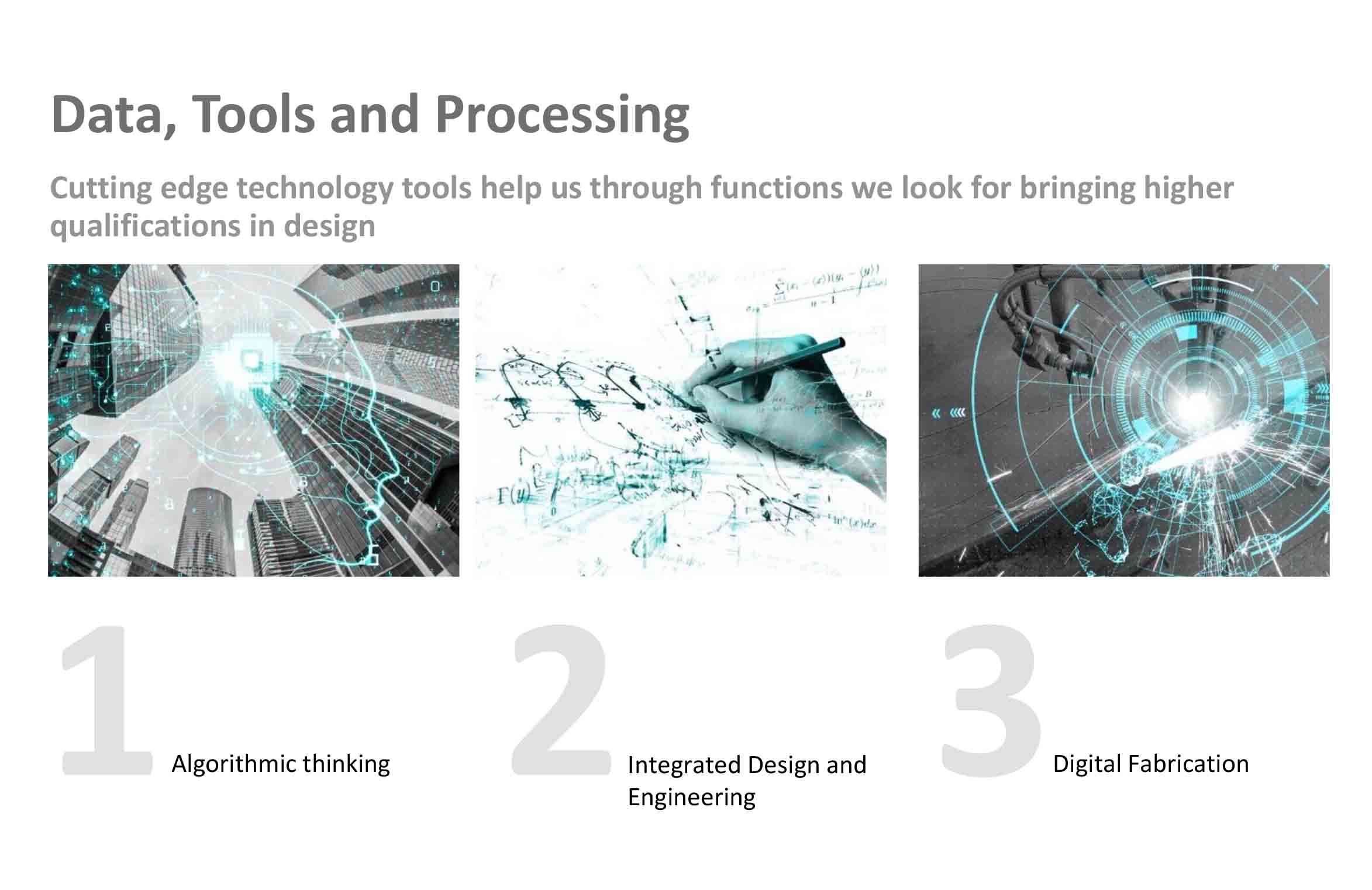
What we are heading to in digital design?
We are living in the digital age that’s an obvious point turning on minds to select getting to move along either stay fixed to what had been leveled. The situation for designers is also questionable. Some might stay tuned with traditional approaches and some might go to have everything updated. I preferred to work on having both simultaneously. The principles I take to face something is keeping what we had had before and turn my ways equipped with new amenities. This view sight made my mind more passionate and deep about learning new things. It tries to figure out the essence of what would traditional masters had that we now are accelerate everything based on.
Architecture is an amazing field for interdisciplinary projects no matter what jokes say: “Architects are engineers have nothing to do with math” at least I am not one of those drowned in just aesthetic part :). The more complexity we have in an issue as a project, the more we can have integrated design principles’ impacts palpable. In fact, by integrating data from different fields, using engineering and design according to what I mention a lot about functional paradigms, and start to use these data cumulatively in real-time, we will have a more dynamic ambiance to solve our problems. This is what every sustainable idea looks for but, it also has some prerequisites to get done by utilizing techs, all the experiences from the past, and also a more ingenuity perspective towards the future. The question would be bold here to consider is how design, engineering, and construction could get closer to get done integrally?
Recently we have seen amazing practices from world leaders in the field from Harvard, MIT, ETH, ITKE, as integrated design projects. I don’t go through in detail here but highly recommend you to check out how they are determining the scenarios forward. In 2019, Stanislas Chaillou presented new approaches within analyzing architectural planning by historical layouts data sets using AI models for stylizing the procedure. Autodesk generative design also is defining a new broader space for designers to get to the most advantageous level of their design. Lots of other firms have started the developing techniques and we can spot Siemens by Solid Edge, a bunch of well-known grasshopper add-ons like Ameba, Millipede, Monolith, and brand new evolutionary solvers like Wallacei. Design principles using such gutting-edge techs get to AI and Machine Learning such as TOPOS (using Cuda by Nvidia to have GPUs for calculations), Owl, Crow, LunchBoxML, DODO, where we use data sets for having more layers of information connected fully or categorized by specific features and weight disciplines. Nathan Miller and his brilliant team always been an excessive motivation for me myself and I invite you to check their astonishing blog posts and their achievements at Proving Ground. Designing powered by AI is going to be more and more fluent in use and as a computational design enthusiast, we might get to know how different algorithms work to come up with the idea of having data-driven design by functional paradigms.
Design is not the only field where AI and MLs are being used. Engineering is also under the sage of these new approaches. Just in case where we can find Digital Twin models where sensors and data come together for better solutions, monitoring, and decision making by the most beneficial appearances. The process undergoing is delegated to control and making decisions based on predicting situations, categorize different outputs within specific features the engineering process defined for. I have to mention remarkable works done by CITA and particular ones by the Innochane project where academics joined professionals as an energetic bound to bring ideas to the real world. There are lots of other efforts worldwide that I just mentioned the ones I had a chance to review and this is highly appreciated if you notice me about.